Apple unveils next-generation Mac mini
Space grey device with five times the performance has been unveiled at special October event
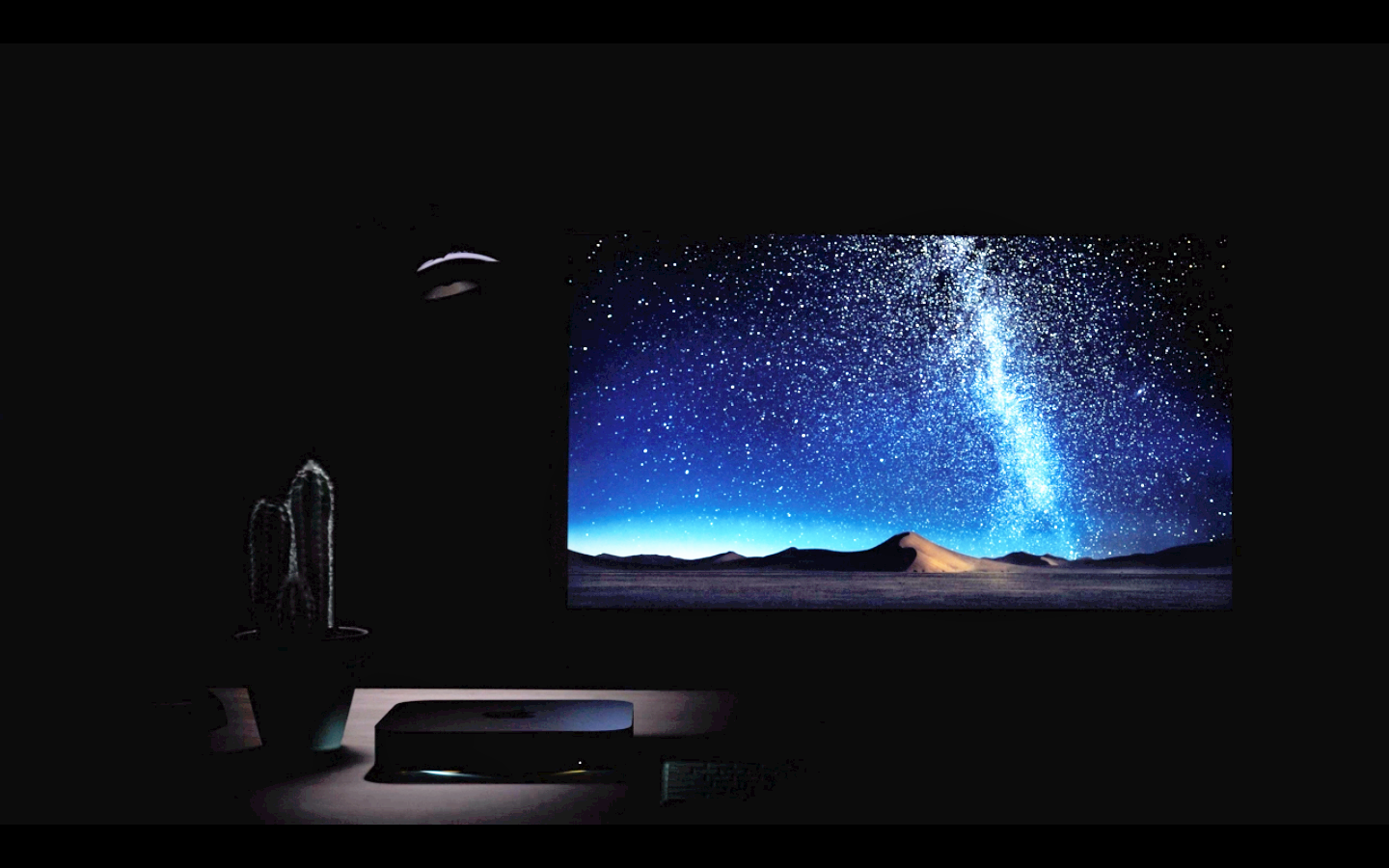

Apple has refreshed its Mac mini for the first time in four years with more powerful internal hardware, a reconfigured arrangement of ports, and a space grey aluminium finish.
The next-generation Mac mini comes with a minimum of four cores - up to six - and supports up to 64GB DDR RAM, Intel UHD Graphics, as well as up to 2TB all-flash SSD storage.
CEO Tim Cook announced the device at Apple's special event held on 30 October in Brooklyn, New York, alongside a new edge-to-edge iPad Pro, and a MacBook Air.
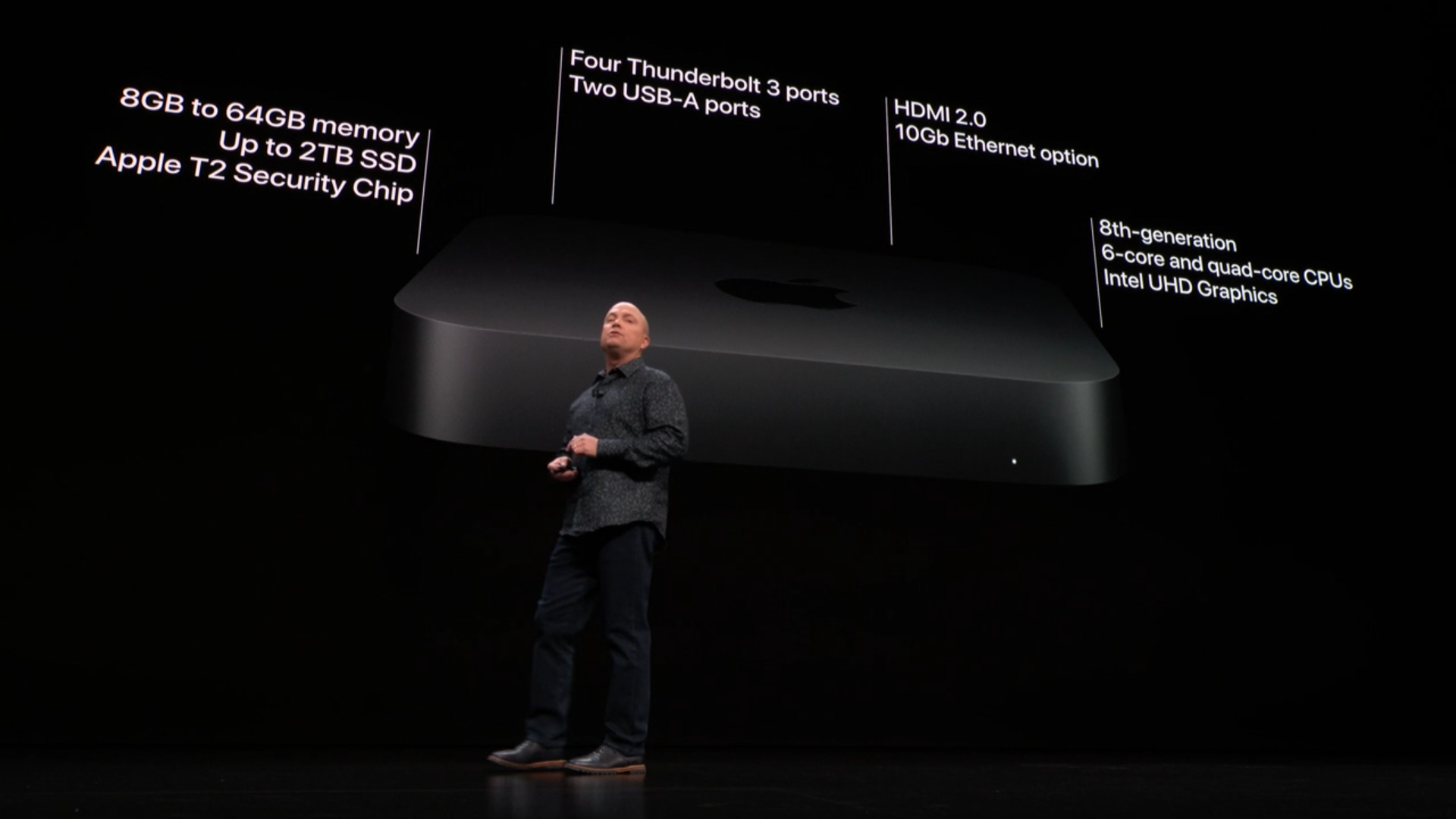
The company claims its flagship portable desktop device, which also features a T2 security chip, can perform HEVC video encode at 30 times the rate of its previous iteration, and generally performs five times faster.
Apple also says the Mac mini can perform several folds faster on a host of key applications, including 5.4 times faster while using Logic, 5.3 times faster using Maya, and 3.2 times faster using Photoshop.
The base model, available at 799 (inc VAT), is fitted with an 8th generation 3.6GHz Intel quad-core i3 processor, 8GB DDR4 RAM, 128GB SSD storage.
Its most powerful configuration meanwhile, with an 8thgeneration 3.6GHz Intel sixcore i7 chip, is priced at 3,709.
Get the ITPro daily newsletter
Sign up today and you will receive a free copy of our Future Focus 2025 report - the leading guidance on AI, cybersecurity and other IT challenges as per 700+ senior executives
All configurations of Apple's portable Mac device feature four Thunderbolt 3.0 ports, two USB-A ports, an HDMI port, Ethernet connectivity supporting up to 10 gigabits, and a 3.5mm headphone jack.
This represents an upgrade on the previous Mac mini's two Thunderbolt 2.0 ports, four USB-A ports, HDMI, SDXC card reader, 3.5mm headphone jack and an audio line-in.
The previous-generation Mac mini, which was released in 2014, featured a dual-core processor by default, with a maximum of four cores. It also supported up to 16GB of DDR3 RAM, as well as an up to 2TB Fusion Drive.
Despite the device's more powerful specs and higher performance levels, its dimensions (36mm x 196mm x 196mm) are unchanged on the previous model, while it weighs 100g heavier at 1.3kg.
The Mac mini is available for pre-order from today and will be released on 7 November.
20/10/2017: Apple hasn't given up on the Mac Mini
Apple CEO Tim Cook has announced that the Mac Mini, which was last refreshed three years ago, will play an important role in future product lines.
Since its latest release, the Mac Mini has been pretty low on Apple's priority list, causing its users to wonder about its future. A MacRumours reader, who goes by the name Krar, took matters into his own hands and emailed Cook, expressing his love for the device and asking if any updates are in its future.
Perhaps surprisingly, Cook responded saying that although it is not necessarily the time to reveal any details "we do plan for Mac mini to be an important part of our product line going forward".
Similarly, Apple marketing chief Phil Schiller, commented on the Mac Mini when the new Mac Pro was revealed saying: "The Mac mini is an important product in our lineup and we weren't bringing it up because it's more of a mix of consumer with some pro use."
The Mac Mini is still the most affordable desktop machine in Apple's line up, mostly because it does not come with a mouse, keyboard, or display. While very outdated, the device is still on sale at the Apple Store.
Despite Apple's hints, it is unlikely that a new Mac Mini model will be launched until 2018 at the earliest, according to MacRumours.
It could be argued that the Mac Mini is a pretty niche product that does not really warrant a lot of attention from Apple, particularly when it has a capable line up of MacBooks and all-in-one iMac machines to attract macOS fans.
But time will tell how much Apple effort will dedicate to the Mac Mini and whether it can bring a dose of innovation into the small-form desktop device.

Keumars Afifi-Sabet is a writer and editor that specialises in public sector, cyber security, and cloud computing. He first joined ITPro as a staff writer in April 2018 and eventually became its Features Editor. Although a regular contributor to other tech sites in the past, these days you will find Keumars on LiveScience, where he runs its Technology section.
-
 Should AI PCs be part of your next hardware refresh?
Should AI PCs be part of your next hardware refresh?AI PCs are fast becoming a business staple and a surefire way to future-proof your business
By Bobby Hellard Published
-
 Westcon-Comstor and Vectra AI launch brace of new channel initiatives
Westcon-Comstor and Vectra AI launch brace of new channel initiativesNews Westcon-Comstor and Vectra AI have announced the launch of two new channel growth initiatives focused on the managed security service provider (MSSP) space and AWS Marketplace.
By Daniel Todd Published
-
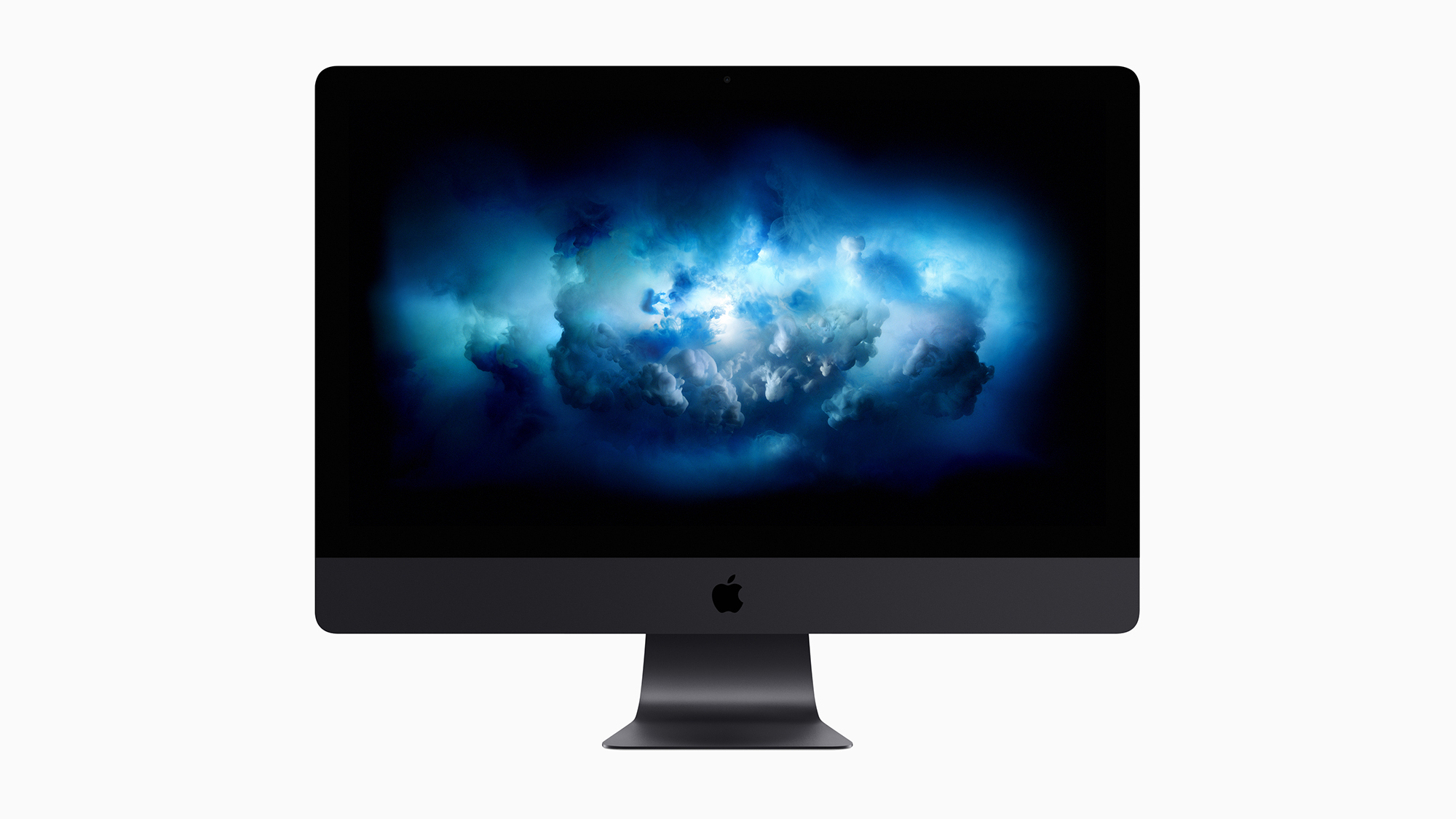 Apple discontinues the iMac Pro
Apple discontinues the iMac ProNews Desktop product shake-up paves the way for new Apple Silicon-powered machines
By Danny Bradbury Published
-
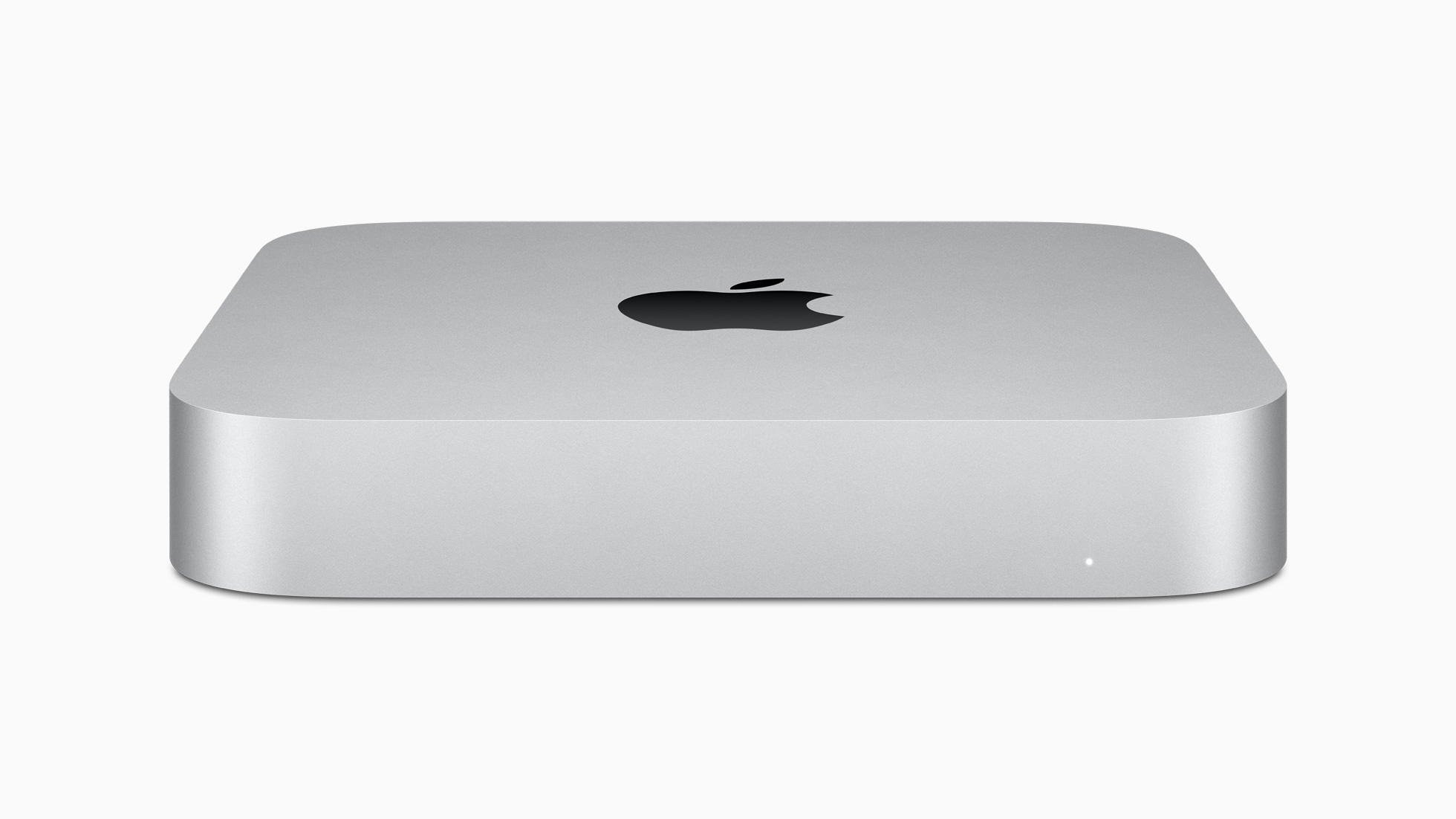 M1 Mac mini users suffering Bluetooth connectivity problems
M1 Mac mini users suffering Bluetooth connectivity problemsNews It’s unknown if the issue is in the new Apple silicon or the Big Sur OS
By Rene Millman Published
-
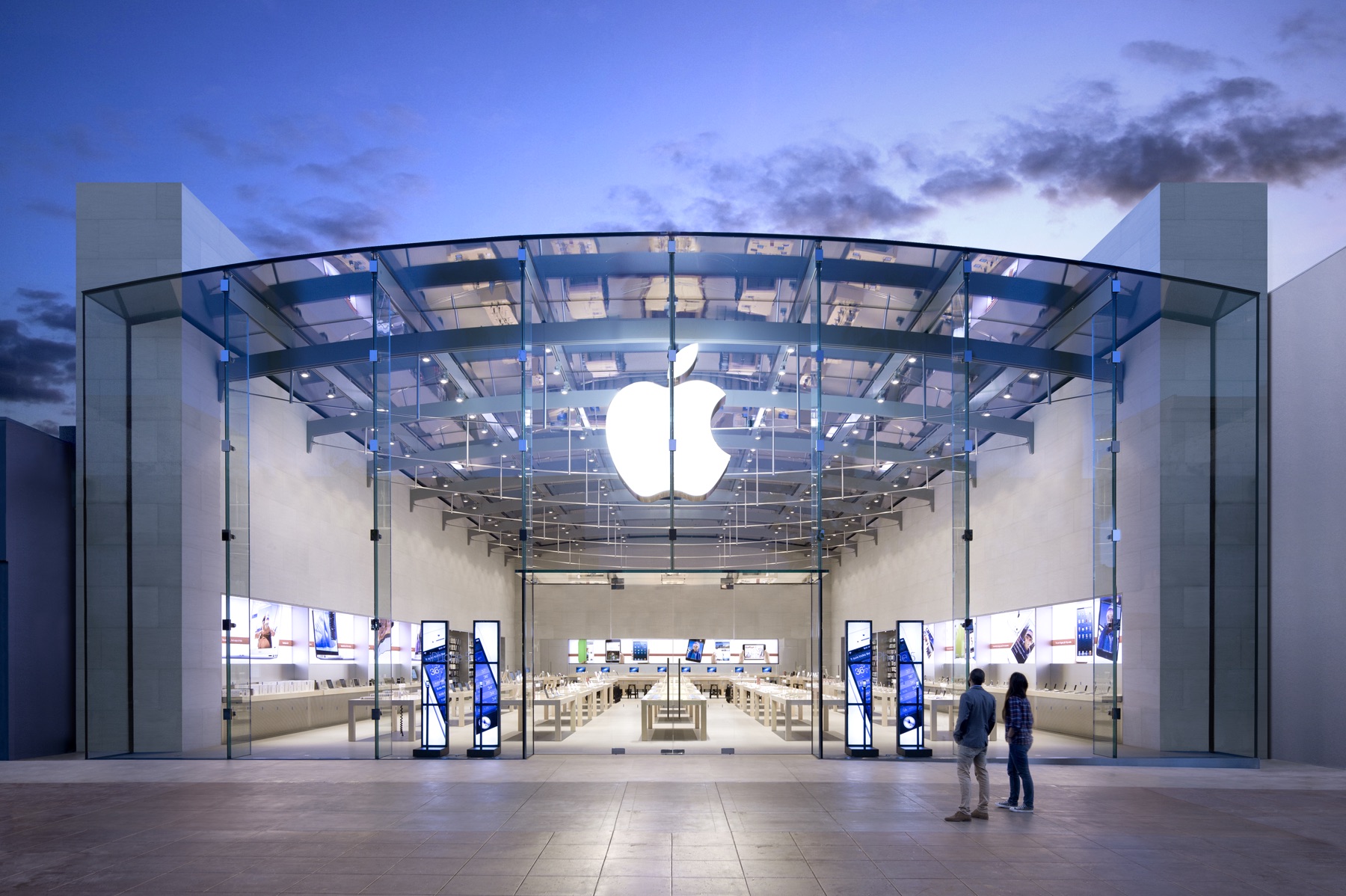 Apple starts accepting Mac trade-ins at retail stores
Apple starts accepting Mac trade-ins at retail storesNews Up until now, you could only trade in a used Mac online, which was unwieldy and time-consuming
By Mike Brassfield Published
-
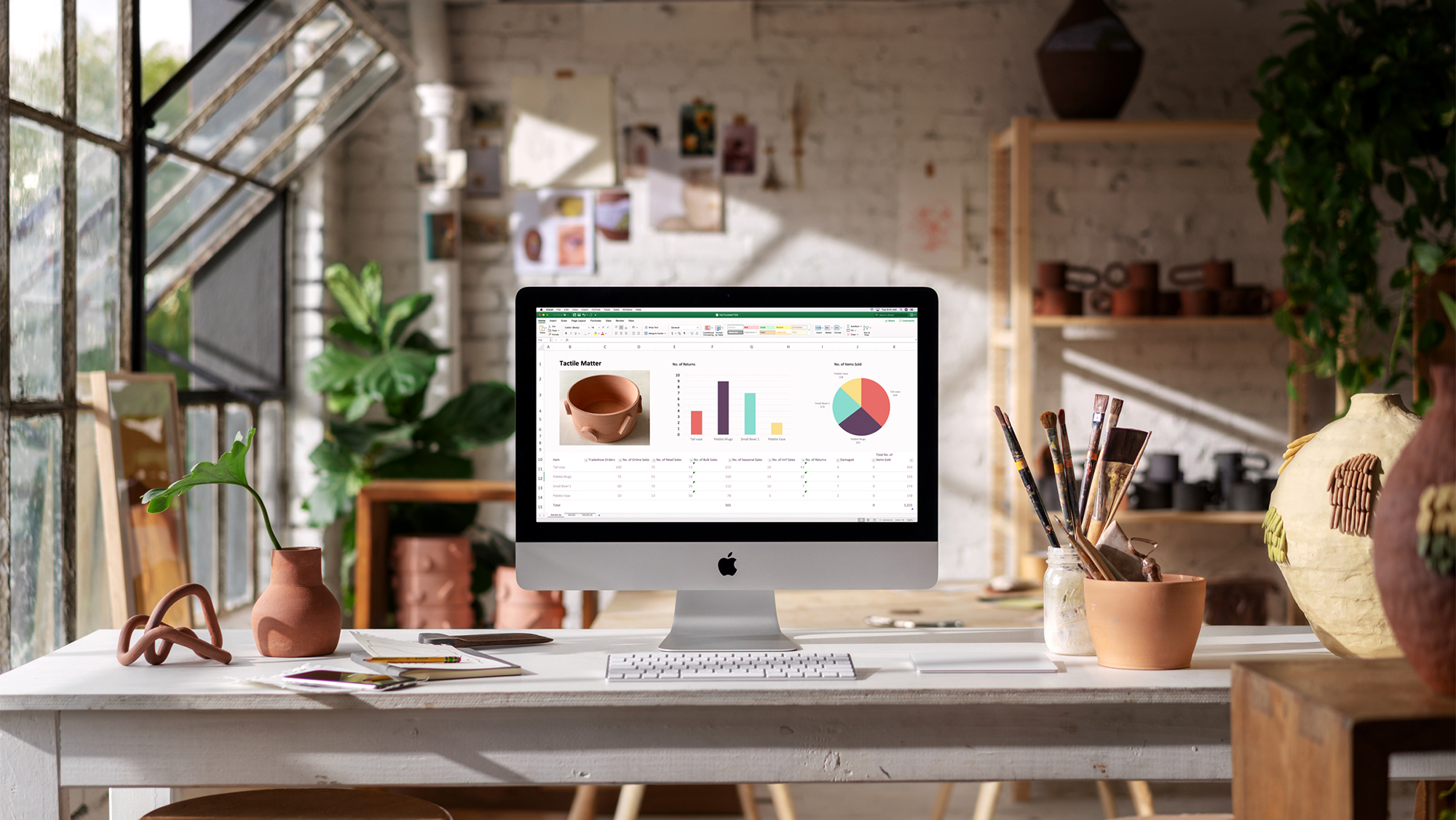 Apple launches surprise desktop iMac and iMac Pro upgrades
Apple launches surprise desktop iMac and iMac Pro upgradesNews New iMac models have up to 9th-gen Core i9 processors and Vega Pro graphics
By Adam Shepherd Published
-
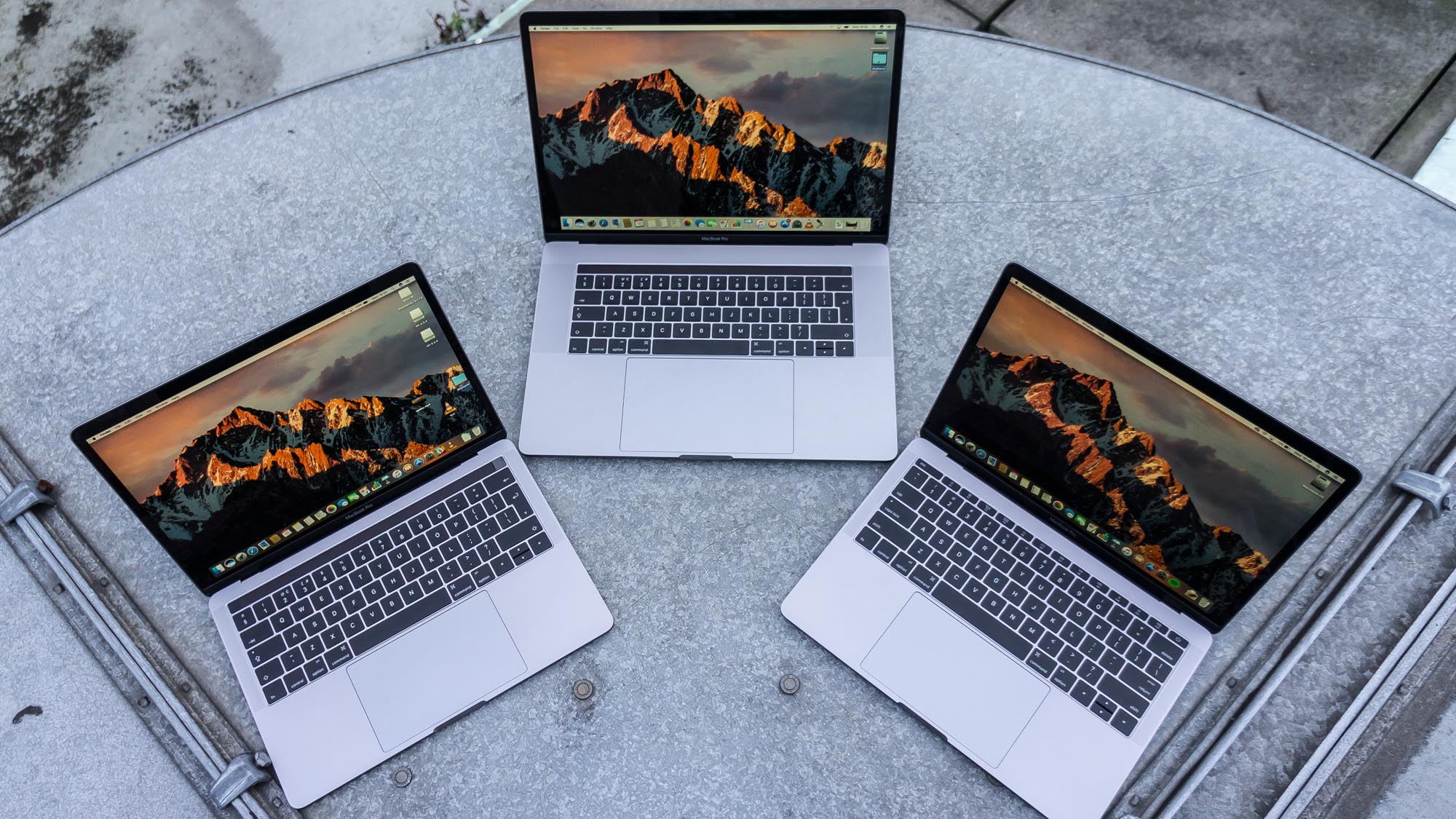 Thousands of Macs exposed to EFI boot-up bug
Thousands of Macs exposed to EFI boot-up bugNews Some relatively new Macs haven't had a pre-boot update since they were first put on the market
By Clare Hopping Published
-
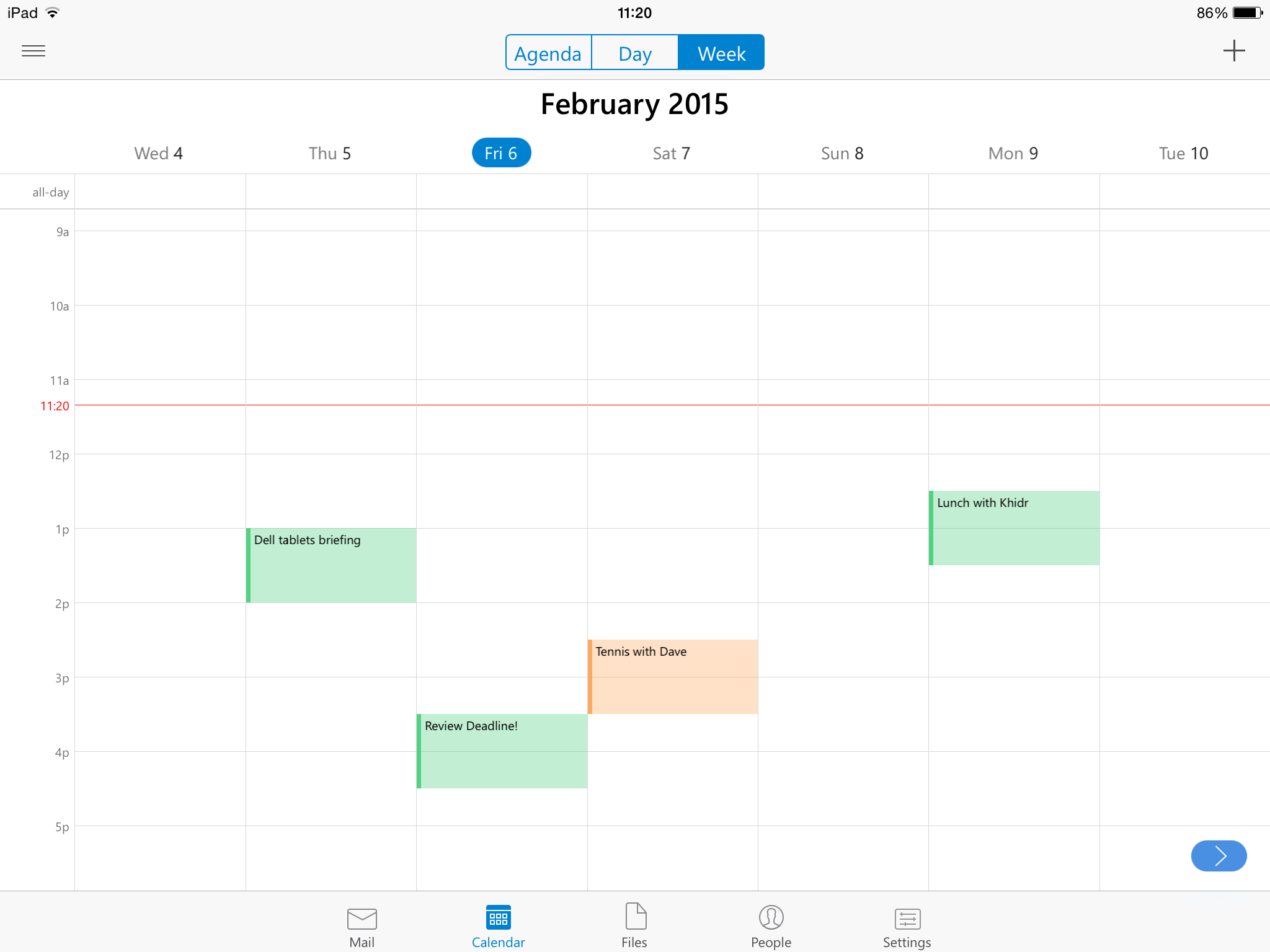 Apple fixes its spammy calendar with Report Junk feature
Apple fixes its spammy calendar with Report Junk featureNews The new option lets you block spam iCloud calendar invites
By Ingrid Fadelli Published
-
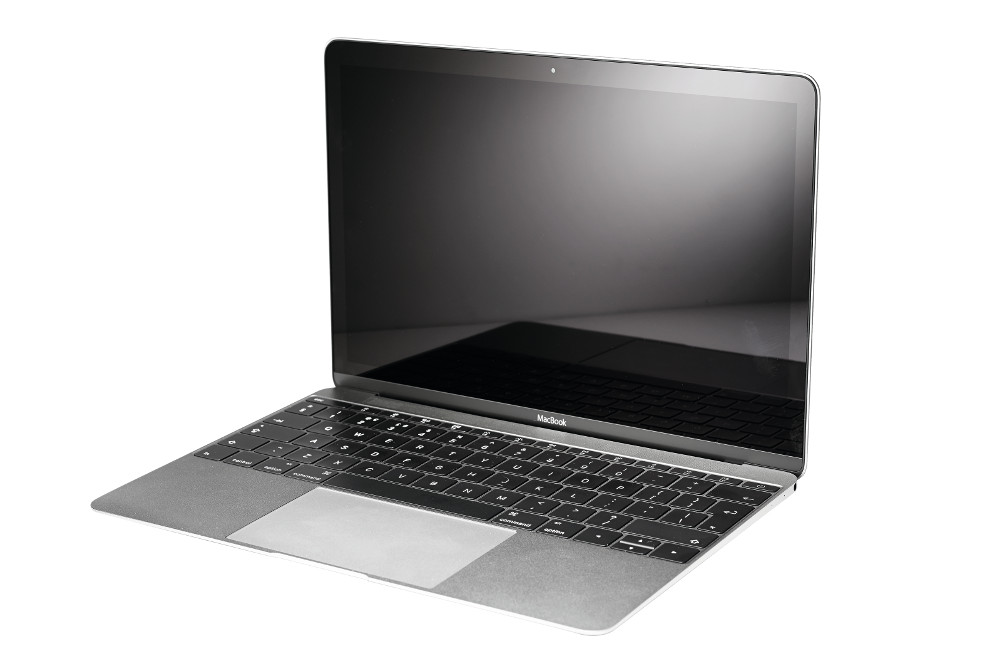
 Apple MacBook Retina 12in review - 'a superb choice, but challenging to fit into how you work'
Apple MacBook Retina 12in review - 'a superb choice, but challenging to fit into how you work'Reviews Apple upgrades specs and adds rose gold model for 2016 MacBook Retina 12in
By Alan Lu Published
-
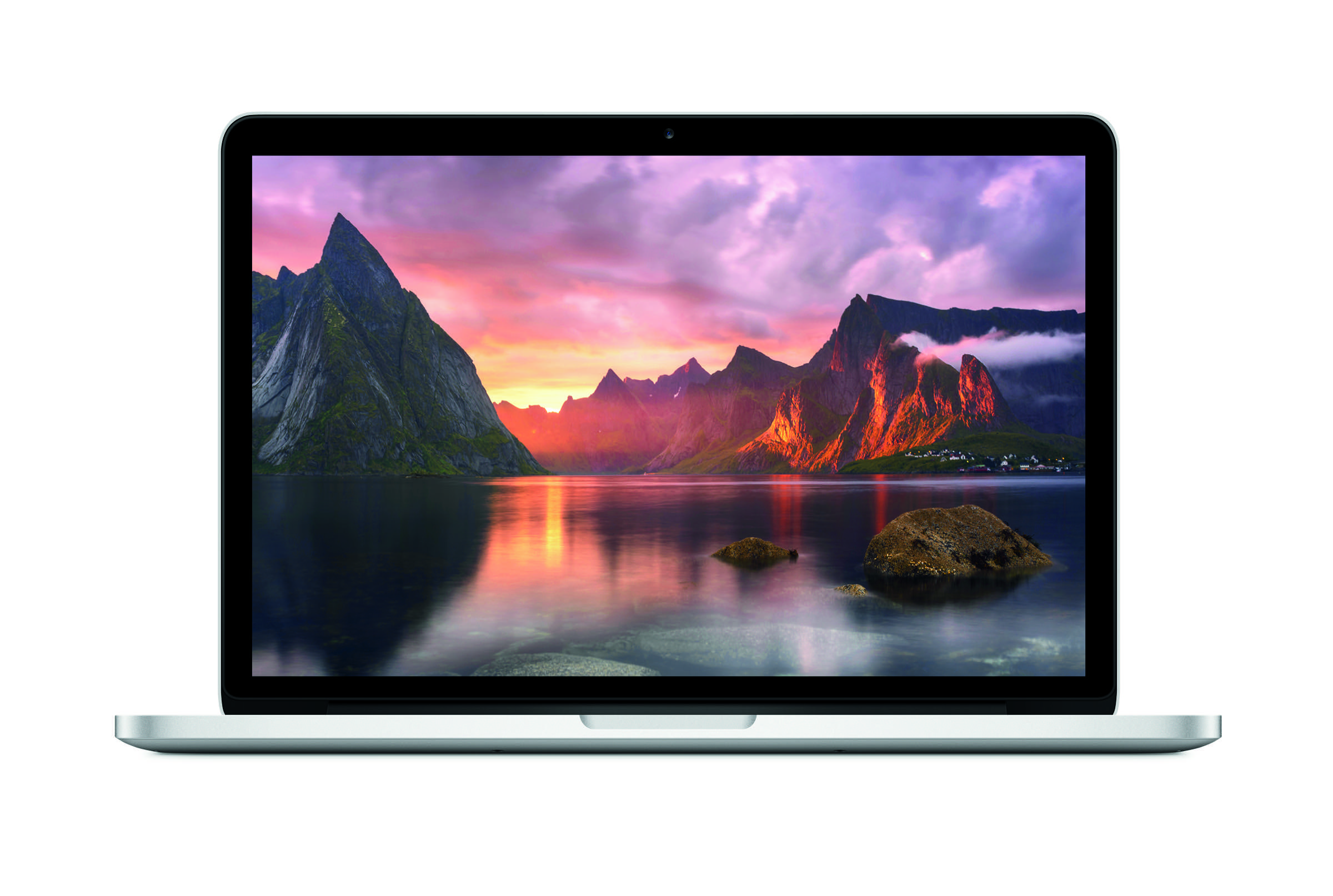
 Apple 13-inch MacBook Pro With Retina Display (Early-2015) review
Apple 13-inch MacBook Pro With Retina Display (Early-2015) reviewReviews A Broadwell upgrade provides impressive battery life for Apple’s business laptop.
By Cliff Joseph Published